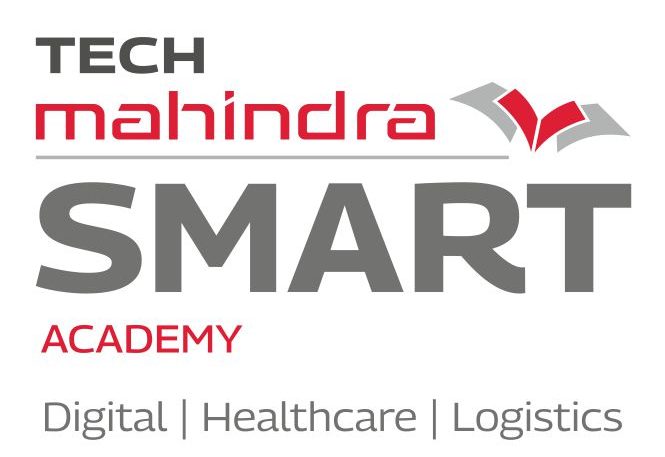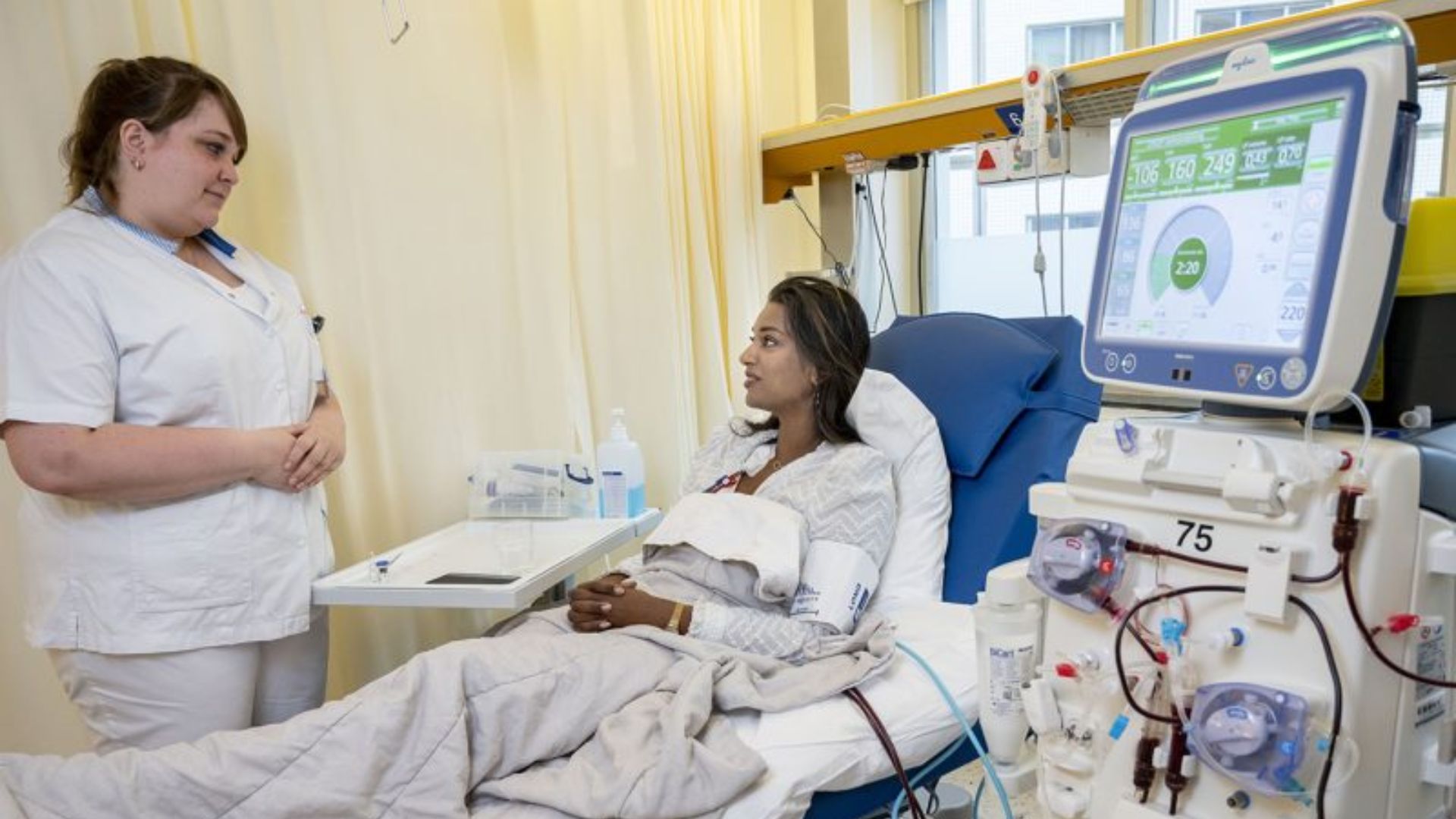Table of Contents
ToggleMr. X, a 75-year-old living in a remote village near Ahmednagar, Pune, faced major challenges in accessing quality dialysis care. Diagnosed with End-Stage Renal Disease (ESRD), he depended on a local clinic for haemodialysis. However, the nearest nephrologist was over 150 km away, making regular checkups nearly impossible. Each visit drained his energy and finances.
While working at a renowned hospital in Pune during the pandemic, I witnessed a game-changer: telemedicine integrated with dialysis techniques. The hospital introduced virtual consultations, connecting patients like Mr. X with nephrologists from their homes. This shift improved treatment accuracy, timeliness, and comfort.
Mr. X’s story illustrates how telemedicine and advanced dialysis techniques are transforming patient lives, especially in underserved areas.
The Role of Telemedicine in Dialysis Care
The COVID-19 pandemic accelerated the adoption of telemedicine, especially in chronic care. For patients requiring frequent dialysis, virtual care is more than convenient—it’s essential.
1. The Benefits of Telemedicine in Dialysis Care
Improved Access to Specialists
- Bridging the Gap: Patients in rural areas can now access advanced dialysis techniques and expertise without the burden of long-distance travel.
- Early Detection: Regular virtual check-ins enable quick responses to emerging issues, preventing hospital visits.
Enhanced Patient Convenience
- Reduced frequent consultations: Teleconsultations reduce the need for frequent trips, saving time, energy, and costs.
- Flexible Scheduling: Patients can schedule appointments around their daily routines, improving adherence to treatment plans.
Continuous Monitoring
- Real-Time Data Sharing: Modern dialysis machines transmit vitals directly to healthcare providers.
- AI Integration: Predictive tools analyse data to anticipate complications and customize dialysis techniques accordingly.
2. Key Components of Telemedicine in Dialysis Care
Virtual Consultations
- Nephrologist Support: Frequent virtual sessions help monitor progress, modify medication, and optimize dialysis techniques.
- Team-Based Care: Nephrologists, dietitians, and dialysis nurses collaborate virtually to offer holistic care.
Remote Monitoring
- Home Haemodialysis: Remote tech tracks treatments in real time, enabling proactive responses.
- Peritoneal Dialysis: Smart tools detect abnormalities early, ensuring patient safety.
Patient Education and Support
- Interactive Learning: Educational modules empower patients to understand dialysis techniques, nutrition, and hygiene.
- Support Networks: Online groups provide emotional backing and shared experiences.
3. Challenges in Telemedicine for Dialysis
Technology Gaps
- Limited Access: Many patients lack internet access or smart devices to fully benefit from telemedicine.
- Digital Skills: Especially among older adults, digital literacy remains a hurdle in using remote healthcare services.
Financial Barriers
- Insurance Limitations: Coverage for telemedicine varies, often excluding remote dialysis techniques.
- Digital Payments: Lack of awareness around online payments creates additional friction in service adoption.
Data Security
- Privacy Risks: Protecting patient data is essential. Platforms must comply with data protection norms to earn patient trust.
4. The Future of Telemedicine in Dialysis Care
AI and Predictive Tools
- Smarter Diagnosis: AI can predict health issues based on real-time data from dialysis techniques, ensuring preventive care.
- Virtual Assistants: Chatbots can answer questions, send medication reminders, and guide patients step-by-step.
Home Dialysis Expansion
- Patient Empowerment: More patients are choosing at-home dialysis with telehealth backup, improving quality of life and autonomy.
- Training Support: Through dialysis technician training, medical staff can better support home patients via telemedicine. At Tech Mahindra SMART अकैडमी for Healthcare, we integrate this need into the course curriculum itself by providing guidance through subject expert webinars, mentorship, and practical exposure. Such integration ensures that students are not only skilled in dialysis procedures but are also prepared to leverage telemedicine for better patient care and career growth.
Policy Advancements
- Unified Frameworks: Nationwide telemedicine regulations will streamline access and build public confidence.
- Infrastructure Development: Government investments can ensure internet and device access in remote regions, making dialysis techniques universally available.
निष्कर्ष
Telemedicine, integrated with advanced dialysis techniques, is transforming how care is delivered, making it accessible, efficient, and life-saving. From real-time monitoring to virtual consultations, it bridges the gap between patients and critical care, especially in rural and remote areas.
To unlock its full potential, we must address digital barriers, support equitable policies, and invest in infrastructure. As AI and remote care models evolve, dialysis will become even more patient-focused and effective.
Whether you are a patient, caregiver, or aspiring healthcare worker, understanding telemedicine’s role in modern nephrology is essential. If you’re passionate about making a strong career, explore a Diploma dialysis course from SMART Academy to kick-start your career and be a part of this revolution. With the increasing demand for Renal Care worldwide, this field not only ensures a stable career path and job security but also generates a satisfaction of contributing to patients’ lives in a meaningful way.
As it is often said “In Dialysis, every skill you learn saves a life”.


